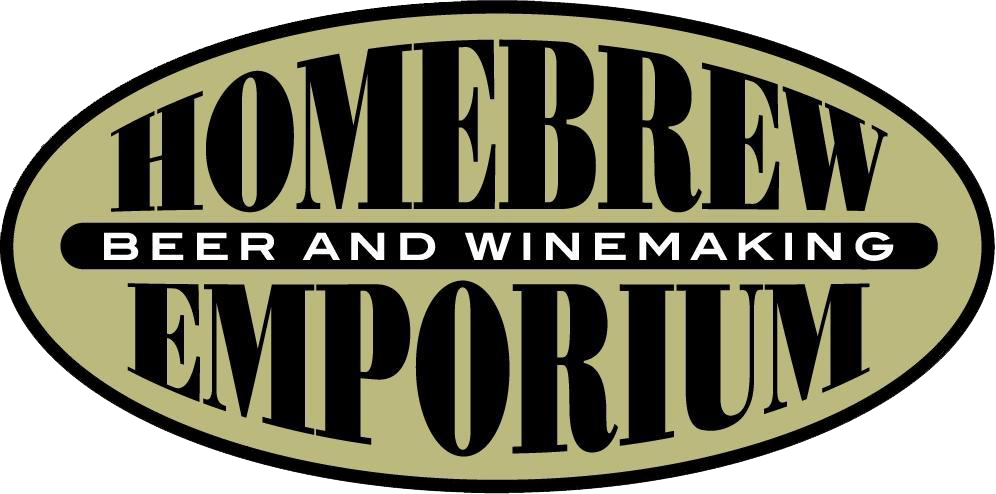Trip Report: Portland, Oregon
Dates: March 9 through March 24, 2011.
Attendee: Bruce Lucier
Oregon, 27th in the country in terms of population, is the nation’s 4th-largest craft beer market.1 In 2008 a Brewer’s Association report ranked Oregon third in per-capita breweries with 93—one per 41,000 residents after Vermont (19 breweries and brewpubs; 1 per 33,000) and Montana (27 breweries and brewpubs, 1 per 36,000). 2 The 2010 Oregon Brewpub Guide lists over 150 breweries and brewpubs (92 of which actually brew onsite); Portland has more than 40 (29 brew onsite).
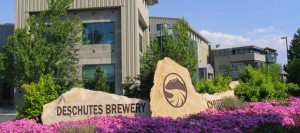
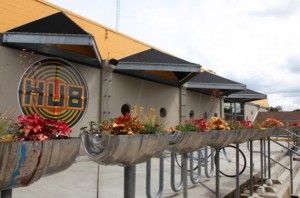

The state’s largest-capacity brewery is Deschutes Brewery, with 202,000 barrels produced annually. Deschutes recently announced a 6,750 square foot expansion to deal with increased demand. In addition to its brewery, the company operates pubs in Bend and Portland.
The largest brewery group in scope is the McMenamins chain, with over 50 locations: 18 brew onsite. In volume McMenamins ranks fifth among Oregon brewers, producing 18,000 barrels. They also operate in Washington State. The chain includes several theaters and hotels (at least one of which was a brothel), and operates several unusual venues, such as former schools, a former power station, a former chapel, and what was a county poor farm’s incinerator (seats 10, cigar smoking is allowed). Brewing locations supply the company’s non-breweries. For example, McMenamins Fulton Pub & Brewery in southwest Portland is the beer source for McMenamins Blue Moon Tavern & Grill in northwest Portland.
McMenamins is not highly centralized. While the chain has a standard set of beers at all locations, brewers at the various locales are free to brew their own recipes. The Fulton Pub individualized its fermenters and mash tun, having them hand-painted by a local artist.
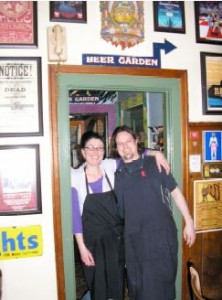
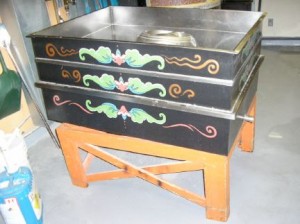
The Hopworks Urban Brewery (HUB) only sells organic beers. It has a 20-barrel capacity and produces 6,000 barrels annually. Its owner designed the building housing the brewery with attention to eco-friendly technologies.
Many brewpubs offer 3- or 4-ounce sampler sets, with up to ten beers. Frequently they use pre-printed paper placemats, leaving several spots for seasonal or “special” beers. Several use lacquered or polyurethane-coated boards marked similarly to the placemats. The beer is usually not merely named but also described, including the beer’s color, alcohol content, and hoppiness in IBUs.
Oregon’s beers, even wheat styles, tend to be hoppy. Adam Southard of Brewcraft explained this as a cost-availability tradeoff. Brewery grains tend to be more expensive on the west coast due to shipping. Local brewers set up a co-op malting operation to reduce costs, but the product lacked flavor. To compensate, brewers used more hops, which are readily available. HUB’s sampler had three over-70-IBU beers, including a 100+ IBU beer.
